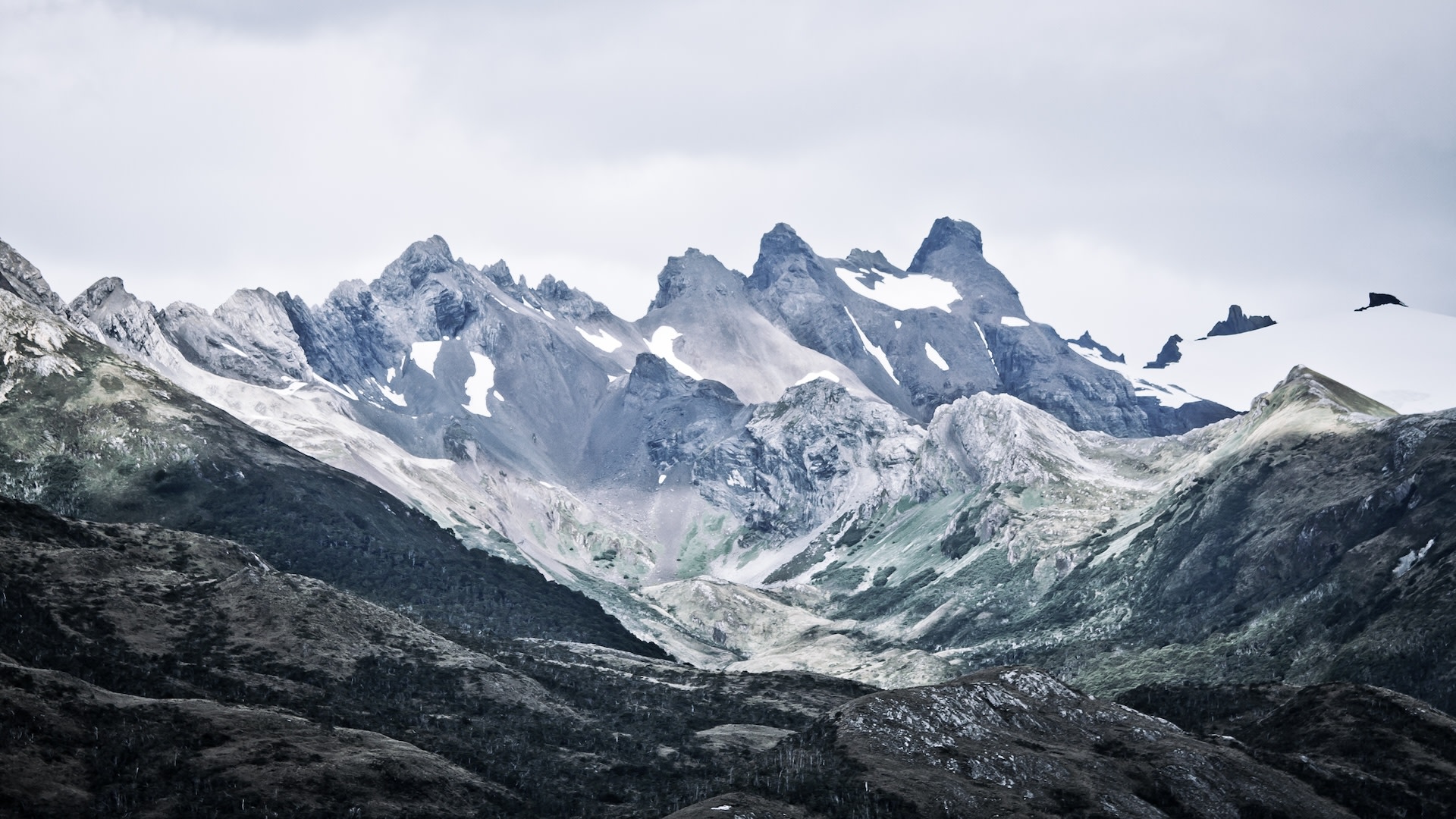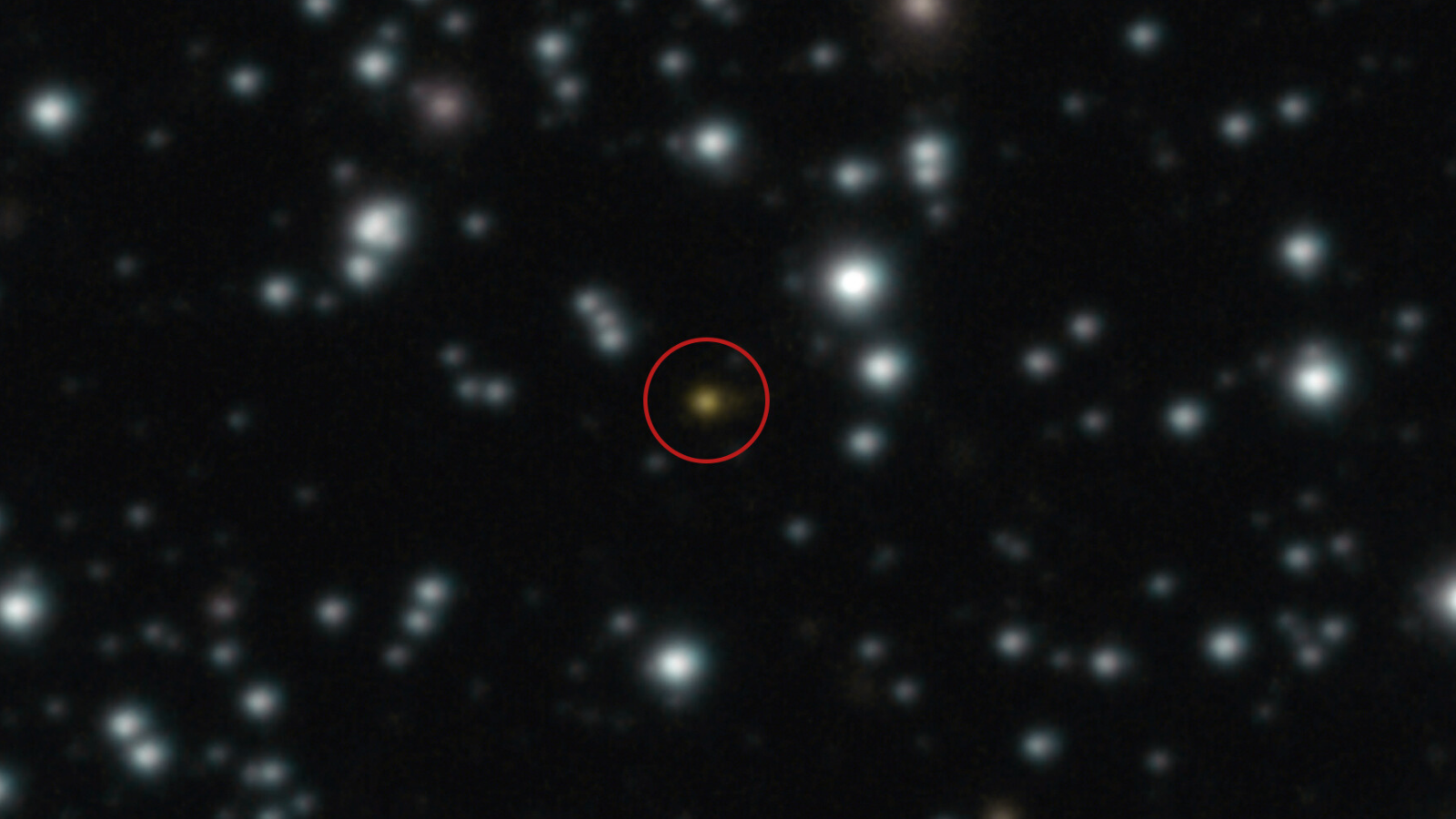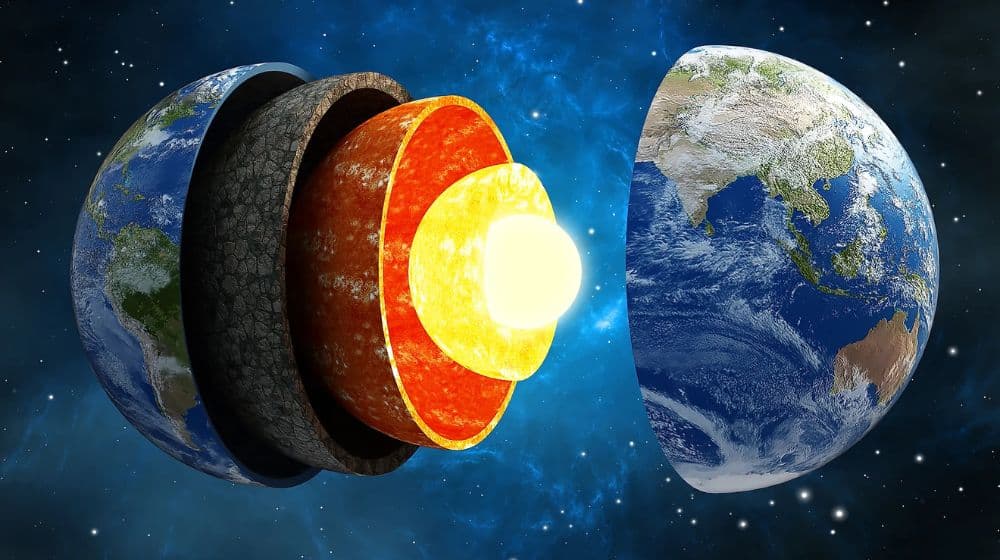Scientists Unveil Ancient River Landscape Beneath Antarctic Ice

In a remarkable scientific discovery, researchers studying the East Antarctic Ice Sheet have unearthed a hidden landscape that has been preserved for an astonishing 34 million years, lying silently beneath over a mile of ice. This revelation, reported by The Brighter Side of News, provides a unique window into the geological history of Antarctica and offers critical insights into the potential future of this vital ice sheet.
According to Stewart Jamieson, a lead author of the study from Durham University, the discovery is akin to uncovering a time capsule. The concealed landscape, which predates the formation of the Antarctic ice sheet, covers nearly 4 million square miles, granting scientists an unprecedented view of the geophysical features that existed long before the ice took over.
Utilizing the advanced RADARSAT satellite system from Canada, the research team was able to detect this hidden topography beneath the thick ice. This innovative use of technology is pivotal in understanding the dynamics of the ice sheet. By examining the preserved landscape, researchers hope to gain insights into the historical cycles of freezing and melting, which are crucial for predicting how the Antarctic ice will behave in response to ongoing climate change.
Unlike the Arctic ice, which floats on water, the Antarctic ice sheets are situated on land. As such, their melting poses a significant risk to global sea levels. Researchers from the University of Texas Institute of Geophysics estimate that the basin housing this newly discovered landscape holds enough ice to potentially elevate sea levels by a staggering 25 feet or more. Yet, the land beneath this colossal ice sheet remains less understood than even the surface of Mars, presenting a significant challenge for scientists.
Jamieson emphasized the importance of understanding the underlying landscape, stating, "And that's a problem because the landscape controls the way that ice in Antarctica flows, and it controls the way it might respond to past, present, and future climate change." This understanding is vital for formulating effective responses to the accelerating impacts of climate change.
Duncan Young, a research scientist with the University of Texas Institute of Geophysics, described the hidden landscape as an odd phenomenon, further fueling the research team's motivation. Young stated, "We're now working to answer why it was preserved and use that knowledge to find others," indicating a commitment to expanding their research scope to similar areas.
The significance of this discovery cannot be overstated, as the combined ice masses of Antarctica and Greenland account for two-thirds of Earth's fresh water. Alarmingly, NASA reports that the Antarctic ice sheet alone is currently shedding approximately 150 billion tons of ice each year. This rapid melting contributes to rising sea levels, which pose threats to coastal communities worldwide.
While it's crucial to comprehend the potential future impacts of rising global temperatures, it is equally important to take proactive measures to mitigate climate change. Individuals can contribute by adopting sustainable practices such as installing solar panels at home, transitioning to electric vehicles, and cultivating gardens to grow their own food. Although these actions may seem small in the grand scheme, when multiplied by millions or billions of people, they can collectively lead to significant positive changes.
To stay informed about positive developments in science and sustainability, readers are encouraged to join a free newsletter that offers uplifting news and practical tips. Additionally, there are numerous easy ways to contribute to environmental preservation while enhancing personal well-being.



























